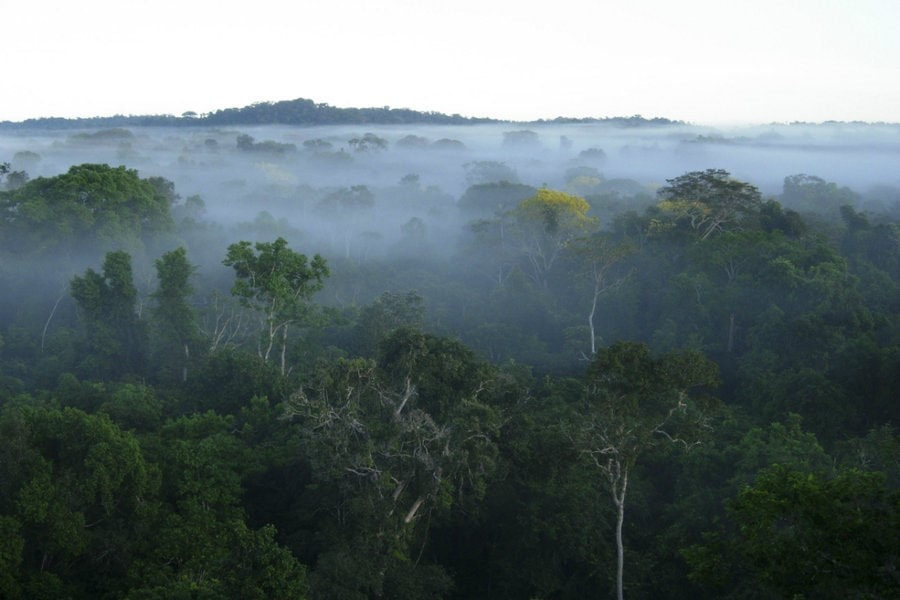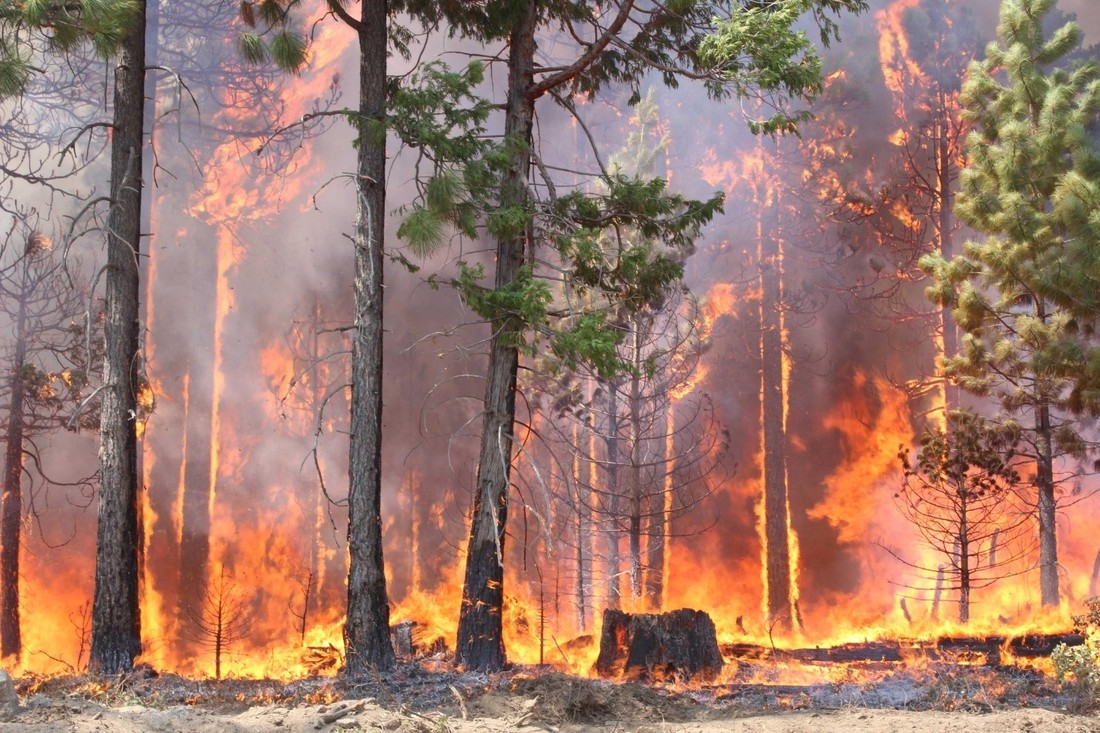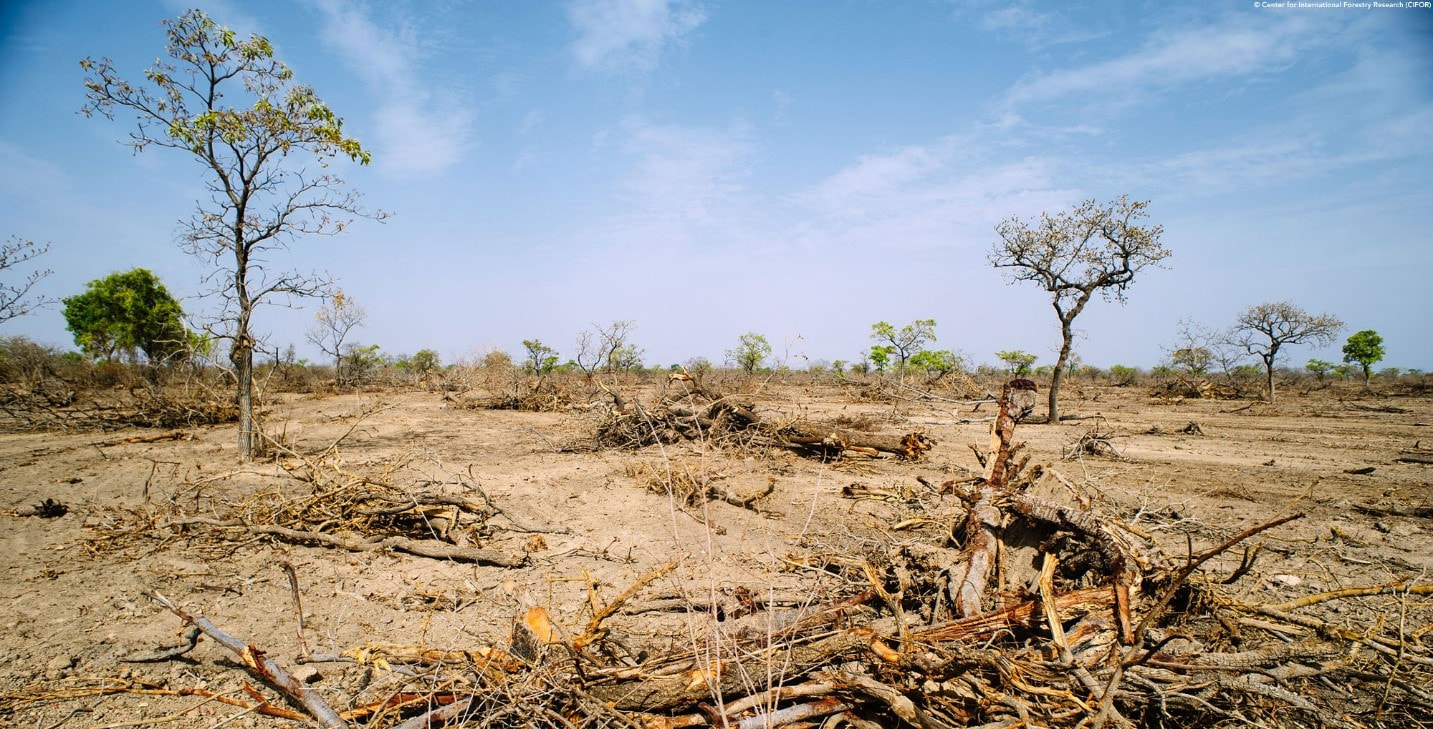|
Did you know that forests cover approximately 30% of Earth’s surface? In 2005 alone, there were nearly 434 billion growing stock of trees available and 3.5 of those were removed. 60% of that 3.5 billion removed was industrial wood for woodworking. The remaining 40% was used as fuel. In areas with high income, forests are expanding and some countries are reversing their forest losses. However, in low income areas such as Brazil or Indonesia, forests are rapidly decreasing in size. The Effects of Temperature & Concentration on Woodwork The main concern here isn’t that the produced wood will be toxic, it’s the modified forests and the plantations. The majority of wood used in woodwork comes from these plantations, even though plantations make up a very small minority of all the forests. However, temperature and precipitation does have a huge impact on both modified and natural forests. For some zones, there’s been a polarized shift in which forests are better for growing vegetation. This is because of a 2xCO2 climate change. Some experts are suggesting that in the next couple of decades, we might even see some forest replacement and expansion in the tundra area, which would also make them great for vegetation. This isn’t all good though because a lot of natural forests are still in decline, especially in third world countries and they’re declining fast. Timber for example is usually produced from managed forests and once this lag effect hits the natural forests, the timber production will see a slow down as a result as well. There’s also something called the carbon fertilization effect. As more people fill the Earth, more CO2 is released into the atmosphere. CO2 isn’t all necessarily bad because orange trees have seen a significant increase in production as a result. This is thanks to an experiment called FACE or otherwise known as Free-Air CO2 Enrichment. FACE has faced some criticism because in old trees that are 100 years or older, little to no progress was made or shown. There was little to no stem growth found, so the concentration of CO2 isn’t helping older trees at all. Further studies have suggested that the effects of CO2 have actually been increasing the forest growth rate, even the natural forests. This all boils down to he different temperatures, the precipitation and the availability of CO2 in the area. Disasters & Disturbances Climate change has been a contributing factor to the intensity and the velocity of forest fires, which has been very prominent in the past couple of years, with two major forest fires in the past two years, one which burned down most of Dollywood. The intensity of these fires has been increased thanks to increasingly high winds. Different insects and pathogens have also been very prominent which have helped rot and destroy natural wood, making it unusable for woodwork. The problem with a lot of results and studies done is none of them include pathogens and insects, which have greatly diminished the effects of certain areas. Certain areas have high concentrations of insects due to climate change, which has greatly affected the amount of available wood that can be used by consumers. Russia, Canada and the United States have seen the greatest increase in forest fires because of climate changes and weather conditions that have rapidly shifted in the past couple of decades. In first world countries, forest fires have become more prominent and experts believe it’s because of a combination of: - Ignition sources and how many people are driving automobiles, which releases a lot of harmful chemicals in the air. A lot of people in first world countries prefer driving by themselves which means there’s one vehicle per person on the road most of the time. - The fuel that’s being used is another contributing factor and the fuel used in most modern automobiles today is extremely harmful to the environment. - Fire protection policies and laws have also shifted, because of political regulations and more. Some of these protections were set in place to help prevent or fight forest fires but some have been redacted. In the next decade, it’s expected that areas like Canada and the United States will lose a significant amount of their timber, pulp and other consumer wood because of mostly how people live in these areas and forest fires. Conclusion
The west in general has a lot of extreme events thanks to their sporadic weather conditions. When we have harsh winters and harsh summers, strong winds and other natural weather events will shape the forests we use for lumber and wood in a negative way. We can start by adjusting our behavior as consumers and releasing less harmful chemicals into the air that negatively impact the client. Our negative and harmful ways of living have also allowed more insects and pathogens to negatively impact the forest. If we don’t, then the negative outcome of production in wood will also impact the economy down the road. 10/15/2019 12:27:49 pm
The Lost Ways are essentially the old-fashioned content, but still much viable for the modern world. These old skills will make you a better survivor. 1/6/2020 04:07:22 pm
Once you’ve reach the saturation point, if the muscle can’t hold anymore, it won’t keep it and will flush out any excess creatine 3/11/2021 10:20:15 pm
Great post and amazing facts right here.Keep it up the wonderful work. superslot Comments are closed.
|
Details
AuthorChristine Amour-Levar Archives
December 2023
Categories
All
|



 RSS Feed
RSS Feed